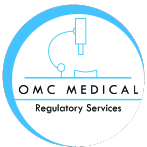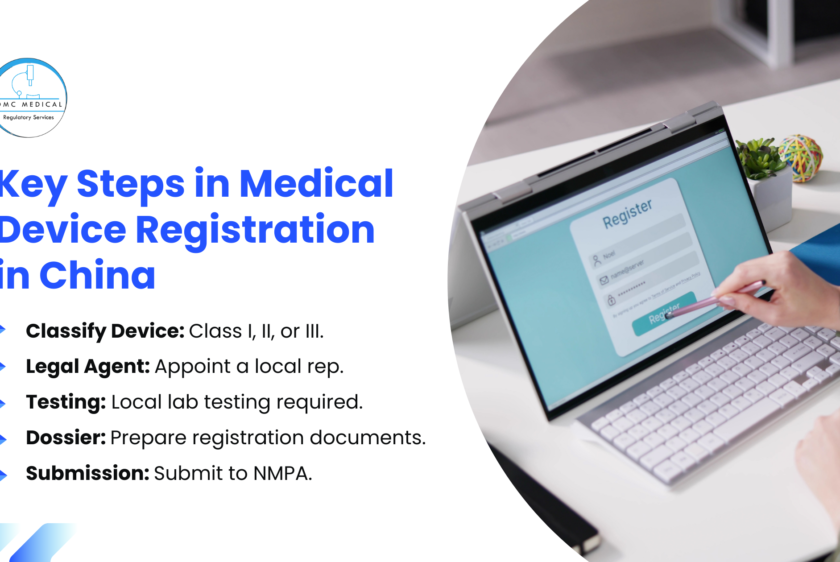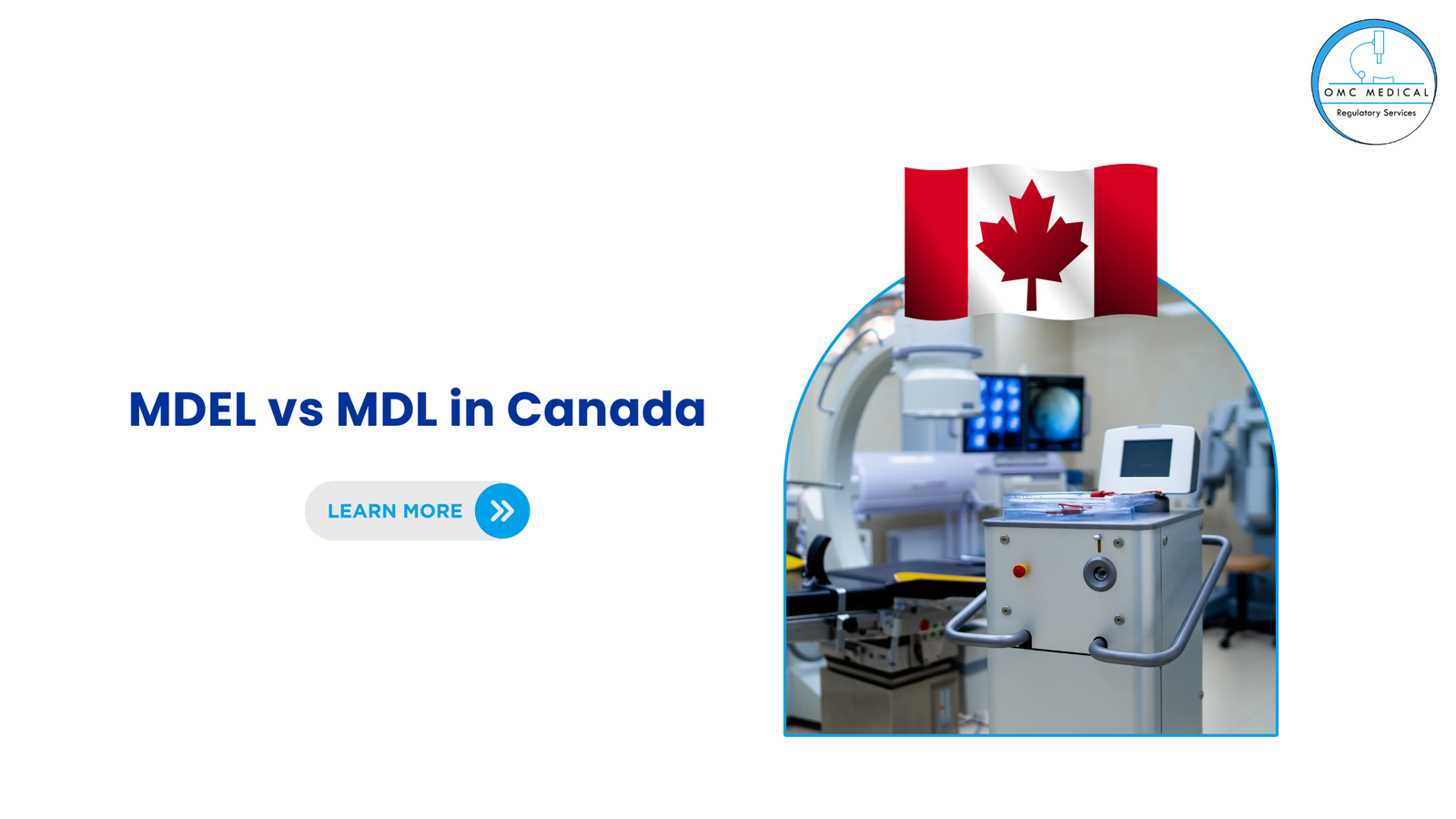Registering medical devices in China is a complex and highly regulated process governed by the National Medical Products Administration (NMPA). Manufacturers seeking market entry must comply with stringent regulatory requirements to ensure safety, efficacy, and compliance.
The Centre for Medical Device Evaluation of NMPA (CMDE) shall be responsible for the application for clinical trials of medical devices requiring clinical trial approval, and the technical evaluation of the registration application, change registration application and registration renewal application of domestic Class III and imported Class II and Class III medical devices.
Classification of Medical Devices in China
Medical devices in China are categorized into three classes based on risk:
- Class I: Low-risk devices requiring simple registration.
- Class II: Moderate-risk devices requiring more rigorous evaluation.
- Class III: High-risk devices requiring in-depth clinical trials and stringent review.
Step-by-Step Medical Device Registration Process
1. Determine Device Classification
Manufacturers must first determine the classification of their device according to NMPA guidelines. This can be done by referencing the official Medical Device Classification Catalogue.
2. Appoint a China-Based Legal Agent
Foreign manufacturers must appoint a China-based legal agent who will act as the point of contact with the NMPA and handle regulatory submissions.
3. Product Testing
NMPA requires local testing in an accredited Chinese laboratory. Class II and III devices must undergo additional technical reviews.
4. Medical device filing (Class I)
Class I medical device filing must be completed before manufacturing begins. If any information in the filing information table or the filed product technical requirements is modified, the applicant must apply for a change in filing and submit a description of the changes along with relevant supporting documents to the original filing authority. The drug regulatory department will update the filing information to reflect the changes.
5. Prepare Registration Dossier (Class II and III)
Once the safety and effectiveness study for medical device registration is complete and the quality management system is prepared for inspection, the applicant can proceed with the online submission of the medical device registration application to the drug regulatory department. The following registration dossiers must be included:
- Product risk analysis data
- Product technical requirements
- Product test report
- Clinical evaluation materials
- Product IFU and label sample
- Quality management system documents related to product development and manufacturing
- Any additional materials necessary to demonstrate the product’s safety and effectiveness
6. Clinical Evaluation
- Class I devices: Exempt from clinical trials.
- Class II and III devices: May require either a Clinical Evaluation Report (CER) or full clinical trials in China.
7. Submission and Review
Once all documents and test reports are compiled, the legal agent submits the application to the NMPA for review. The review process includes:
- Technical Evaluation
- Administrative Review
- Supplementary Data Requests (if needed)
The drug regulatory department reviewing the registration application will decide on approval based on the technical evaluation. If the device meets safety, effectiveness, and quality requirements, the registration will be approved, and a medical device registration certificate will be issued along with the approved product technical requirements as an attachment. If the application is denied, the reasons for disapproval will be provided in writing, and the applicant will be informed of their right to request administrative reconsideration or pursue administrative litigation in accordance with applicable laws and regulations.
8. Approval and Registration Certificate
Upon successful review, the Medical Device Registration Certificate (MDRC) is issued. This certificate is valid for five years, after which renewal is required.
Post-Market Compliance
Once registered, manufacturers must comply with post-market surveillance (PMS) regulations, including:
- Adverse Event Reporting
- Product Recalls (if applicable)
- Renewal and Modifications to Approved Devices
Conclusion
China’s medical device registration process is rigorous, requiring manufacturers to comply with local testing, clinical evaluations, and regulatory oversight. Engaging with a China-based regulatory consultant can significantly streamline the process.
At OMCMedical, we specialize in guiding manufacturers through every step of medical device registration in China. Our experienced team can help you navigate the complexities of NMPA regulations, ensuring compliance and efficient market entry. Let us help you achieve success.
Contact OMC today to get started!







